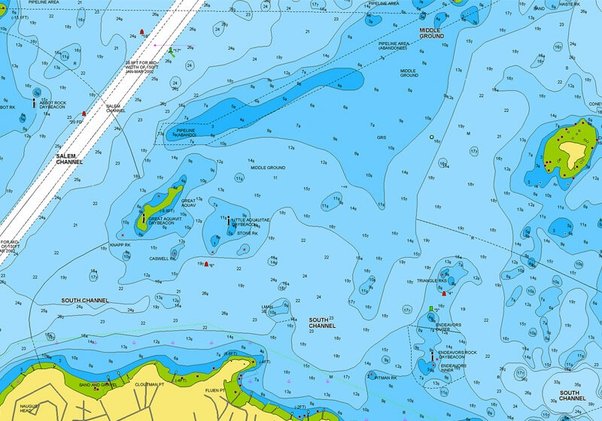Introduction:
Sailing enthusiasts and boaters have long relied on conventional physical maps or dedicated marine navigation systems, but with technology’s rapid advancements, Google Maps has opened a new avenue. Accessible from any smartphone, Google Maps can be used to plot boat routes in and around water bodies. This article will guide you through the process of using Google Maps for boat routes.
Step 1: Launch Google Maps
Open the Google Maps app on your smartphone. If you haven’t downloaded it yet, you can find it in the Apple App Store or Google Play Store.
Step 2: Enter Your Starting and Ending Locations
In the search bar, input your starting and destination points. When choosing these points from the map, ensure that they are water-based locations, such as marinas or docks. After selecting your starting point, tap the ‘Directions’ button to specify your destination.
Step 3: Choose a Transportation Mode
Google Maps provides various transportation modes like driving, walking, biking, or public transportation. Though there isn’t a dedicated “Boat” mode yet, you should choose either the “Walking” or “Biking” option to get a close approximation.
Step 4: Review the Route
Google Maps will display a suggested route based on your selected transportation mode. Review the route carefully to ensure that it follows accessible waterways and avoids restricted areas.
Step 5: Adjust Your Boat Route as Needed
Adjustments may be needed since Google Maps doesn’t offer specific marine-based directions
yet. Tap and drag blue course markers if you need to modify segments of the route manually along with checking for nautical charts for accurate water depth information.
Step 6: Use Satellite Mode for Additional Insights
Switching from Map mode to Satellite mode provides aerial imagery of locations along your proposed route. This feature allows you to examine waterways, hazards, and points of interest more closely, ensuring a smooth and safe journey.
Step 7: Monitor Weather Conditions
Before embarking on your boat journey, make sure to check the local weather forecast. Unpredictable weather can impact your travel plans, so always keep an eye on the conditions and adjust your route if needed.
Step 8: Equip Your Boat with a Device Mount
A secure device mount can be an invaluable addition to your boat, allowing for hands-free operation while keeping your smartphone or tablet within sight at all times. This will enable you to view Google Maps conveniently without compromising safety.
Conclusion:
Google Maps may not have a dedicated boat mode yet, but its features still make it a valuable tool for nautical navigation. By using the steps outlined in this article, you can plot boat routes easily and safely using this accessible technology. Happy sailing!

